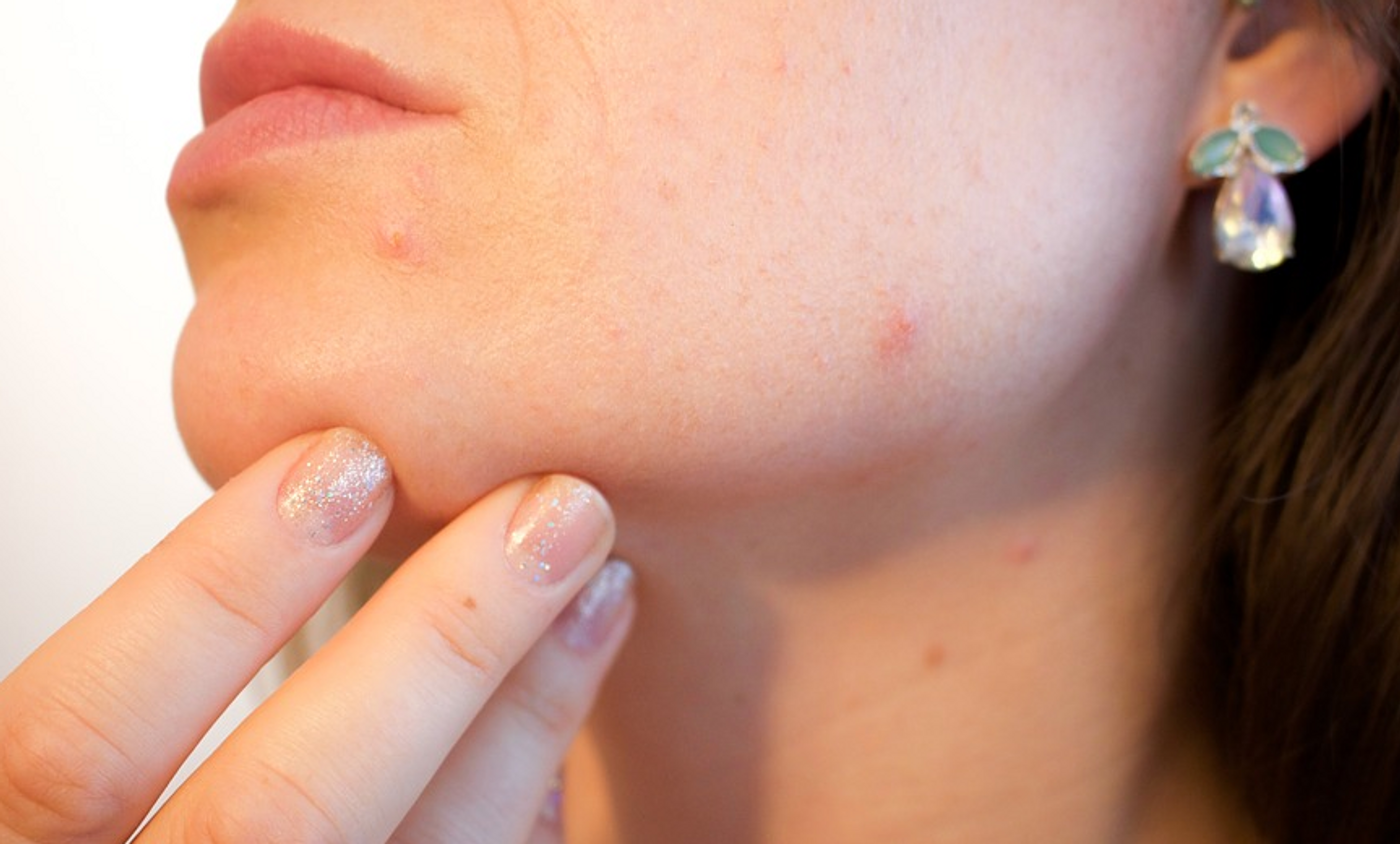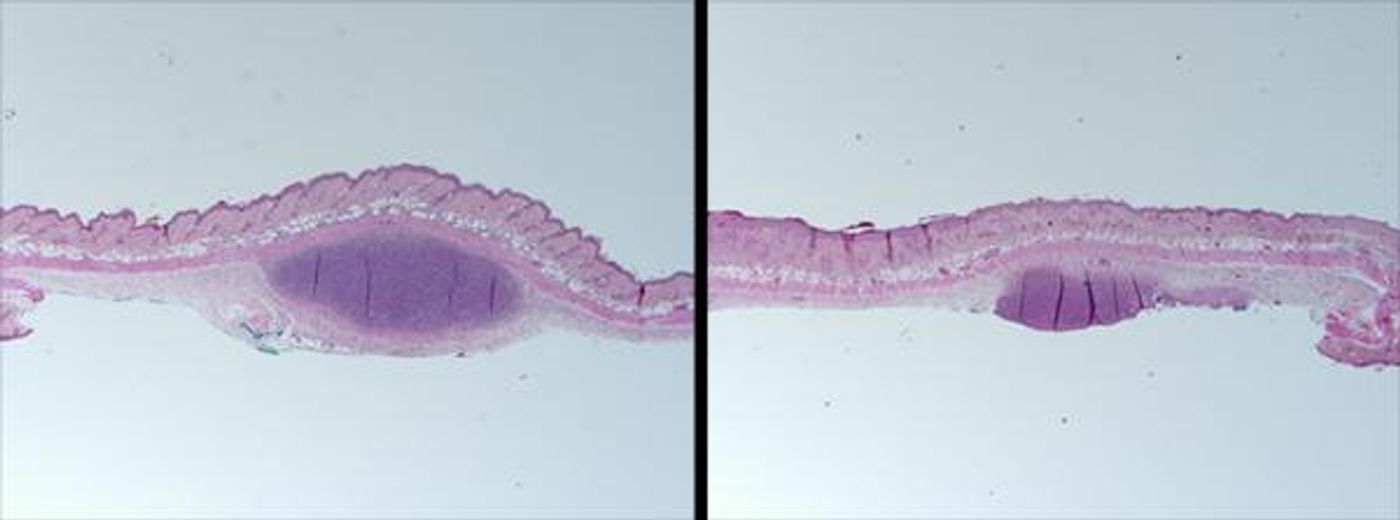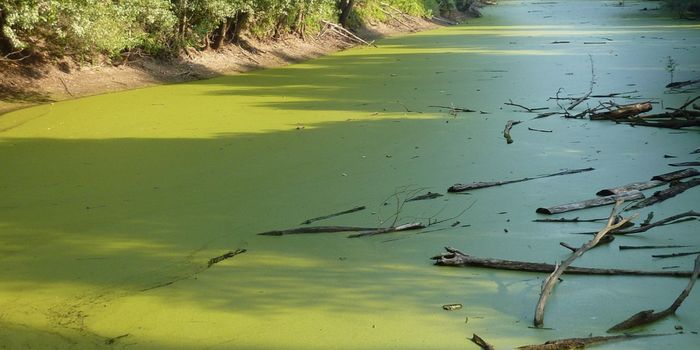How Different Strains of Bacteria Impact Acne
The microbe Propionibacterium acnes has long been thought to be the cause of acne, but it can be found on everyone’s skin. While up to eighty percent of people may experience acne to some degree, not everyone gets it. Now researchers may have an explanation for these observations - not all strains of P. Acnes are the same; some are found in abundance in acne lesions while other strains are never found there. Researchers have explored how different strains of the bacterium impact skin by using a new research model for acne. In a first, scientists have been able to create a mouse model for acne by adding a chemical secreted in abundance by adolescent skin - sebum. The work has been reported in JCI Insight.
"Since we know exactly which genes differ between these strains, next we can pinpoint exactly what it is about the acne-associated strains that allows them to cause skin lesions," said George Y. Liu, MD, Ph.D., a professor and chief of the Division of Pediatric Infectious Diseases at UC San Diego School of Medicine, formerly of Cedars-Sinai. "And that information will help us develop new therapies that specifically block those acne-promoting factors, or tip the balance of a person's skin chemistry in favor of the healthy strains."
In this work, mice were inoculated with P. acnes. The mice got minimal lesions afterward unless they had also received a synthetic sebum made from four ingredients (wax, triglyceride, fatty acid, and a sterol precursor called squalene) on a daily basis. By itself, the sebum had no effect. When strains of P. acnes that have been linked to human acne lesions were applied, the mice got what looked like human acne. Skin inflammation and inflammatory cytokine levels both increased. If P. acnes strains that have been linked to health were used, the lesions were far less severe.
"When we started working with these bacteria and checked out the animal models others have been using over the years, we thought 'we've got to come up with something better than this,'" Liu said. "Acne typically occurs when a person hits their teenage years ...What's the difference between a child's skin and a teenager's skin? Increased sebum production. And we were surprised to find how such a simple addition made a big difference in our ability to study acne."
Liu noted that in this work, genetically identical mice were used, illustrating that the differences in the severity of the acne were due to bacterial strain differences, not something in the mice.
The researchers want to make the mouse model better by applying bacteria topically rather than by injection near the skin. They also want to learn more about the genetics of P. acnes strains and how they interact with human sebum. These efforts may help create better therapies and identify individuals who are at risk of serious acne.
Get some tips on dealing with acne from the video above by Mayo Clinic.
Sources: AAAS/Eurekalert! via University of California San Diego, JCI Insight










